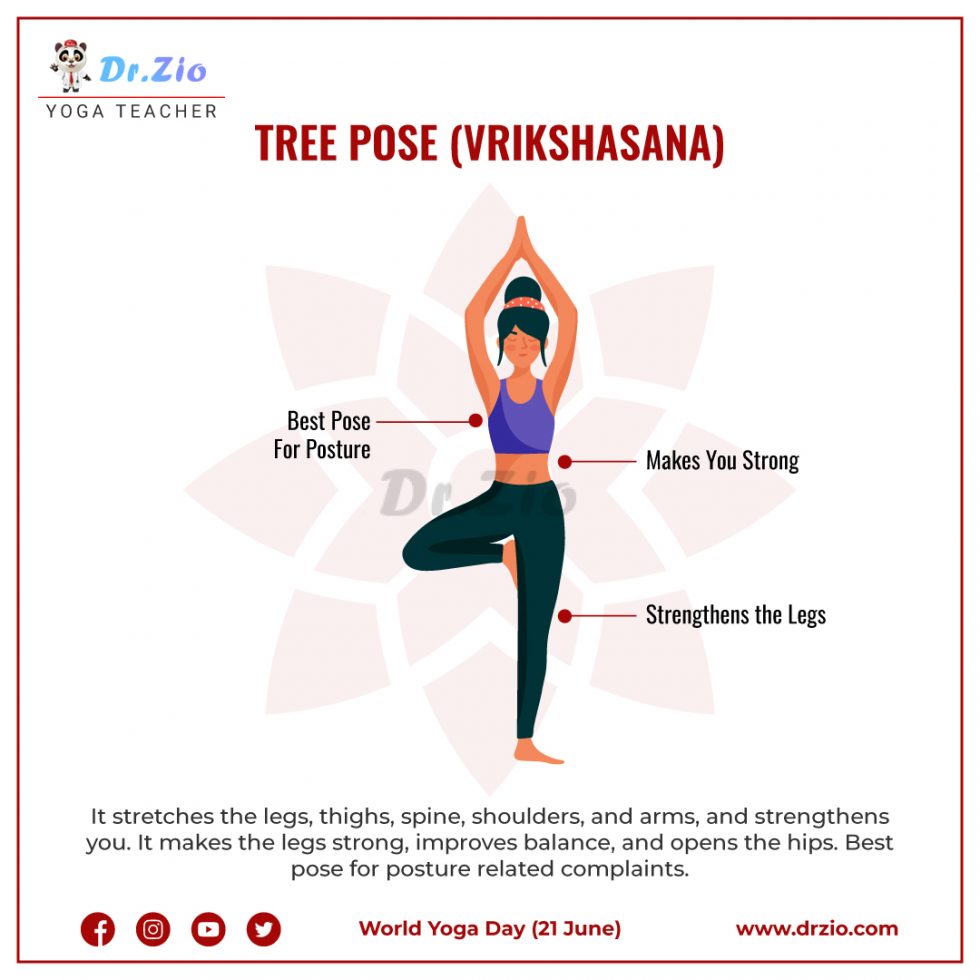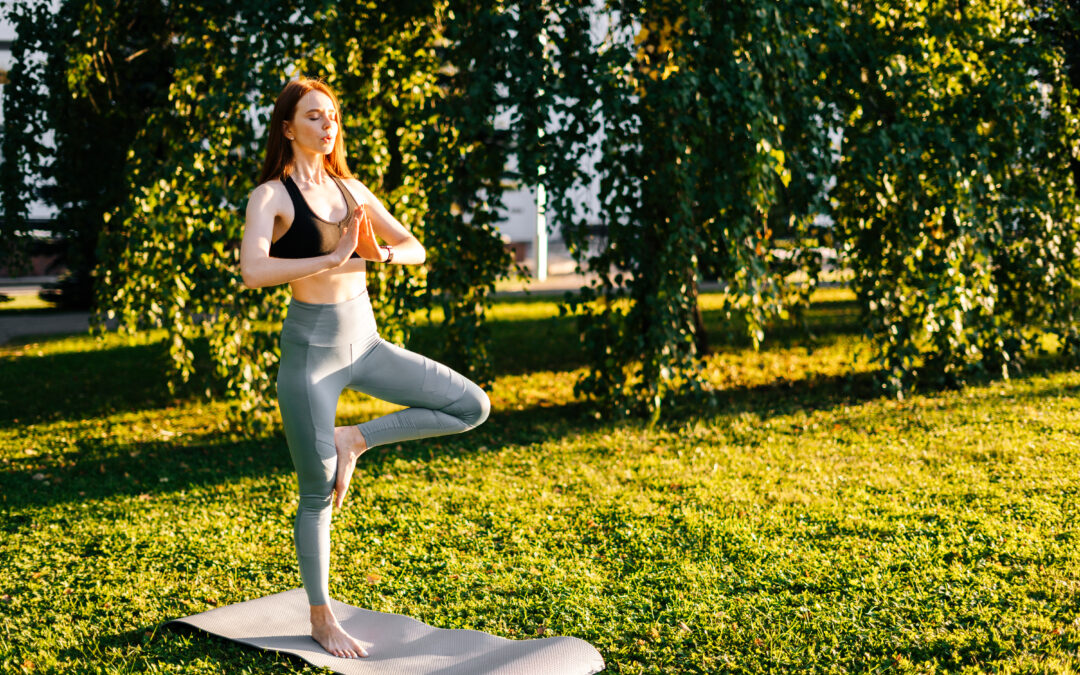Table of Contents
3 Benefits Of Tree Pose – Best Yoga pose (Vrikshasana)
Tree Pose is the best pose that strengthens the leg improves balance and fixation while quieting your brain. Its Sanskrit name, “Vrksasana” (vrik-SHAH-Suh-nuh), originates from two words:
“Vrksa,” which signifies “tree”
“Asana,” which signifies “present”
Tree Pose (Vrksansana) is generally the primary standing parity represent that is instructed to yoga tenderfoots since it’s the least complex. Keep your comical inclination about figuring out how to remain on one leg. It’s harder than it takes a gander from the outset and will be distinctive consistently. Try not to get disappointed in the event that you wobble or even fall over from the start.
Benefits of Tree pose (Vrikshasana)
- It stretches the legs, thighs, spine, shoulders, and arms, and strengthens you.
- It makes the legs strong, improves balance, and opens the hips.
- Best pose for posture-related complaints.
How to do Tree pose (Vrikshasana)
- Begin by standing upright in Samasthithi, your arms by your side and shoulders relaxed.
- Bend your right knee to the side and bring your right foot high up to your left thigh.
- Place the sole of your right foot flat and firm on your inner left thigh. Keep your left leg straight with the foot firmly planted on the ground.
- Raise both your arms over your head and join your palms in the ‘namaskara’ position.
- Keep the spine straight.
- Repeat the above steps with the other leg.
Tips of Tree pose (Vrikshasana)
- Rather than speed, focus on height of jump.
- Stretch as much as you can like basket ball throw.
Video

Warnings of Tree pose (Vrikshasana)
- Avoid putting your foot on your inner knee if you have any knee pain, knee injuries or knee ligament injuries, or knee arthritis. Instead, keep your foot on your calf or inner thigh.
- Avoid if you have high blood pressure or vertigo, migraine, or insomnia.

